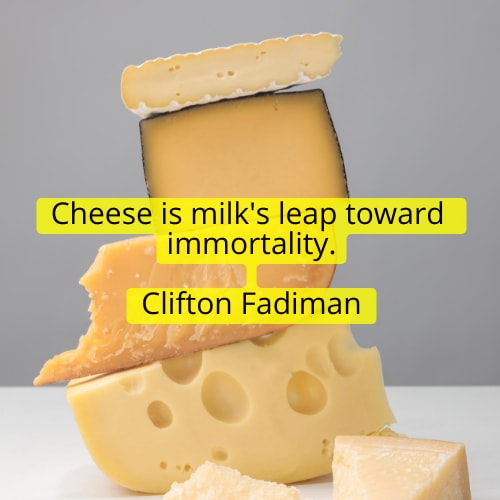4 Key Differences You Should Know
We can tell that cheese has been a staple in our meals for a very long time since the Greeks created the mythical shepherd, beekeeper, and hunter Aristaios as their god of cheese. But it’s safe to assume that the domestication of animals, which took place between 8,000 and 10,000 years ago, and the production of cheese are inextricably linked. Rennet was first added to milk, which was then curdled and salted before cheesemaking could begin. It might have just been an accident or the result of an experiment. In any case, cheesemaking took off, and history hasn’t looked back since.
Cheddar is a yellow cheese that is smooth, solid, and flavorful. The English village of Cheddar in Somerset is where cheddar first appeared. However, cheddar cheese has gained popularity globally in recent years. When manufacturing cheddar traditionally, blocks of curd are stacked on top of one another to bind the blocks together and push the whey out of the cheese. The cheese is then repeatedly stacked until it turns sour and stringy. After that, they are sliced into chips, salted, and pressed into hoop shapes. Cheddar cheese comes in a variety of varieties and maturities. As an illustration, mild, semi-matured, mature, vintage, etc. cheddar. Aged cheddar crumbles in the mouth and has a strong, lasting flavour. The flavour and texture of young cheddar cheese are smooth, mild, and creamy, with a buttery consistency. Older cheese is more nutty, crumbly, and sharp.
Gouda cheese is a semi-hard, creamy, yellow cheese that was first produced in the Netherlands. It’s one of the most well-liked varieties of cheese worldwide. Typically prepared from cow’s milk, gouda has a characteristic scent, a flavour similar to caramel, and a rich, springy consistency. Both pasteurised and unpasteurized varieties of gouda are offered. When considering its manufacturing, some of the liquid whey from curdling milk is taken out and replaced with warm water. Later, this water is drained. This procedure, which we…
..


